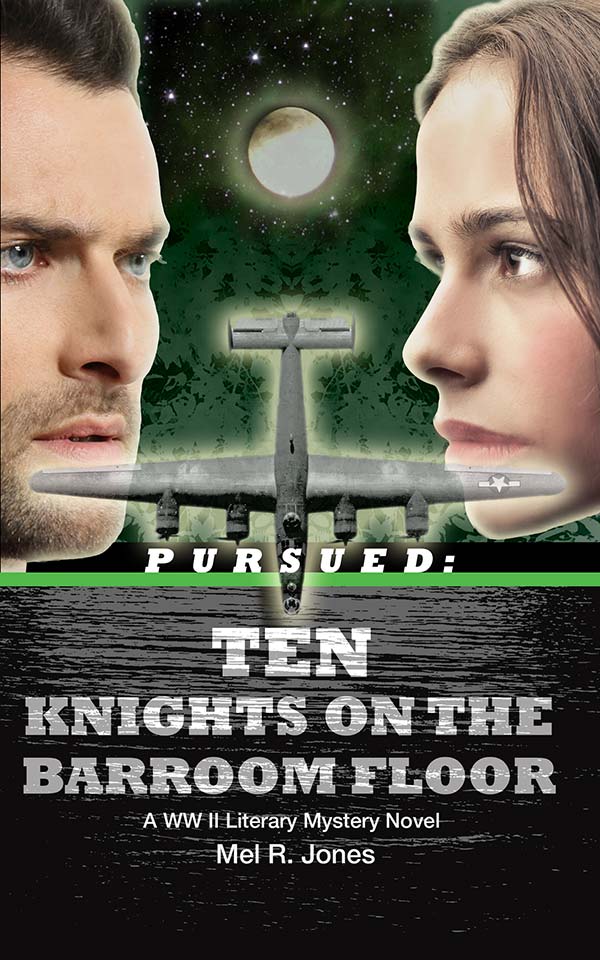A DEEPER LOOK, PURSUED: TEN KNIGHTS ON THE BARROOM FLOOR (from the notes of Mel R. Jones and from facts gleaned from Wikipedia article, “Consolidated B-24 Liberator”)
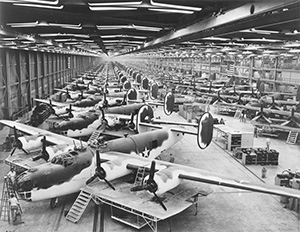 Weapons of war of each era of human history have varied according to the technology developed and available in their times, ascending in the scope of their destructiveness as the ages roll on, until we now find ourselves in the nuclear era. And the paradox of humans seeking peace through war continues, this time with the possible consequence of mass destruction to the earth and its inhabitants should World War III occur.
Weapons of war of each era of human history have varied according to the technology developed and available in their times, ascending in the scope of their destructiveness as the ages roll on, until we now find ourselves in the nuclear era. And the paradox of humans seeking peace through war continues, this time with the possible consequence of mass destruction to the earth and its inhabitants should World War III occur.
Mel R. Jones’s novel looks back at the yesteryear of World War II, a time when B-17 and B-24 bombers were the mainstay of the U.S. strategic bombing campaign in every theater of operations and in every branch of the American armed forces and several Allied air forces and navies.
Jones’s book focuses on the B-24 bomber flown in the Southwest Pacific, specifically a fictional B-24 crashed on Mount Bosavi in the Southern Highlands District of Papua New Guinea in 1943 and not discovered until 1973 by the Australians. A deadly mystery with threads of global intrigue surrounds a more recent crime scene found inside the fuselage of the crippled aircraft in the land time forgot.
Jones’s narrative takes us inside the crew’s ill-fated mission as reported in logs found by the U.S. Army remains recovery team, headed by physical anthropologist Dr. DeAnn Toland, camped between two antagonistic native tribes at the crash site. Joined by forensic pathologist, Dr. Emerson Stanek, the investigative team not only pursues what happened there and searches to find any possible remains in such a remote jungle mountain area, but also finds that the pathologist becomes the pursued as the mystery of the crime scene unfolds.
The B-24 bomber of Jones’s novel is representative of the incredible 18,000 B-24 bombers built by the U.S. by September 1945, making it the most produced American military aircraft in history. Yet, ironically, of those that survived the war, only a few restored operational B-24s are flying today. The most well-known are the B-24 A-configured aircraft named the Diamond Lil from the Commemorative Air Force collection, and the Collings Foundation’s Witchcraft, the only restored flying B-24J in the world.
On July 21, 2005, author Mel R. Jones and his son Mark took a “trip back into yesteryear” when they enjoyed the thrill of a flight in the Witchcraft near Racine, Wisconsin. First-hand they felt the experience of B-24 crews of the past who called the B-24 the “Flying Boxcar” for its spacious, slab-sided fuselage built around two central bomb bays in a forward and aft compartment. A centerline ventral catwalk, just nine inches wide, was a drawback for crews if the need to move from fore to aft during a mission was necessary.
When the Witchcraft was on the ground, the Jones father-son team, as well as bystanders, were allowed to explore the interior and see the positions of the crew, which could include ten men. The pilot and copilot sat next to each other in the cockpit, a navigator and bombardier in the nose, the radio/radar operator and flight engineer sat sideways and adjacent to one another behind the pilot and four crew members were stationed in the waist at various gunner positions.
Another interesting sight for the Joneses was the size comparison of three aircraft lined up next to one another on the tarmac at the ride site. These aircraft included the B-17, the B-24 and the C-130 cargo aircraft used today, and the C-130 overwhelmingly dominated the former two WW II aircraft in size.
Noted in comparing the B-24 to the B-17 was that the B-24 had a shoulder mounted high aspect ratio Davis wing—a thick wing that allowed increased tankage and more lift and speed than the B-17, but the Davis wing was more susceptible to damage and ice formation. Four supercharged radial engines were carried by the wing of the B-24, while twin large oval vertical stabilizers were mounted on the ends of a rectangular horizontal stabilizer, making the B-24 bomber easily recognizable. The B-17 had only a single stabilizer.
The B-24 was characterized as cold and drafty and difficult to fly. Neither did it help the pilot that the B-24’s tricycle undercarriage landing gear with the main gear extending out of the wing used differential braking and thrust for ground steering, making taxing difficult as well. But the longer range of the B-24 bomber made it more useful, especially in the war in the Pacific, than the B-17, which was eventually phased out as WW II progressed.
The name Liberator for the B-24 was given by the Royal Air Force, but its many versions were produced at five plants in the U.S, initially by Consolidated Aircraft of San Diego, California. At peak production, one was created every hour with 650 per month at Ford’s Ypsilanti Michigan based Willow Run bomber plant, which produced half of the 18,000 B-24s alone. The B-24’s unit cost was $297,627 ($4.95 million in today’s dollars).
Consolidated Aircraft designed the B-24, which was one of the heaviest aircraft in the world at 59,524 pounds maximum takeoff weight, and it carried up to ten machine guns. Also used in antisubmarine and maritime patrols as well as radar/electronic warfare, the B-24’s use in strategic bombing lasted from 1942 until 1945.
Jones’s novel weaves the ambience of the World War II era and its lost B-24 bombers and crews into his complex, multilayered tale. It features the primitive, exotic but lethal jungle environment of New Guinea as cross cultural interaction there occurs between four nations—Americans, Japanese, Australians and native Papuan—during WW II.
The well-crafted and interwoven story of past and present plunges the modern investigators into the primitive/civilized situation of the earlier era, now threatened by a mystery spanning thirty years. They must walk in the shoes of their predecessors in order to recover possible missing remains and/or survivors of the B-24 crash and to discover the hidden threads of intrigue inherent in the crime scene inside the wreck. Will their survival depend upon becoming the pursuers instead of the pursued? Of all the lost B-24 bombers in WW II, Jones’s fictional, mysterious B-24 bomber is sure to captivate your interest!
[avatar]Marian[/avatar]
 Talk about a page turner! I thought I’d just take a peek into the book midday but found myself halfway through it after having been unable to put it down. Ten Knights is a well-written, intriguing, compelling novel that held my attention hour after pleasurable hour, each new chapter a powerful magnet drawing me forward to an intricately developed mystery. I couldn’t wait to find out how all the complicated threads would tie together.
Talk about a page turner! I thought I’d just take a peek into the book midday but found myself halfway through it after having been unable to put it down. Ten Knights is a well-written, intriguing, compelling novel that held my attention hour after pleasurable hour, each new chapter a powerful magnet drawing me forward to an intricately developed mystery. I couldn’t wait to find out how all the complicated threads would tie together.
 Weapons of war of each era of human history have varied according to the technology developed and available in their times, ascending in the scope of their destructiveness as the ages roll on, until we now find ourselves in the nuclear era. And the paradox of humans seeking peace through war continues, this time with the possible consequence of mass destruction to the earth and its inhabitants should World War III occur.
Weapons of war of each era of human history have varied according to the technology developed and available in their times, ascending in the scope of their destructiveness as the ages roll on, until we now find ourselves in the nuclear era. And the paradox of humans seeking peace through war continues, this time with the possible consequence of mass destruction to the earth and its inhabitants should World War III occur. Well, first of all, we need to differentiate between four common types of mystery fiction, such as the detective story, the horror story, the adventure mystery and the character or literary mystery. Combinations of these types is possible, but usually one classification predominates over the others.
Well, first of all, we need to differentiate between four common types of mystery fiction, such as the detective story, the horror story, the adventure mystery and the character or literary mystery. Combinations of these types is possible, but usually one classification predominates over the others.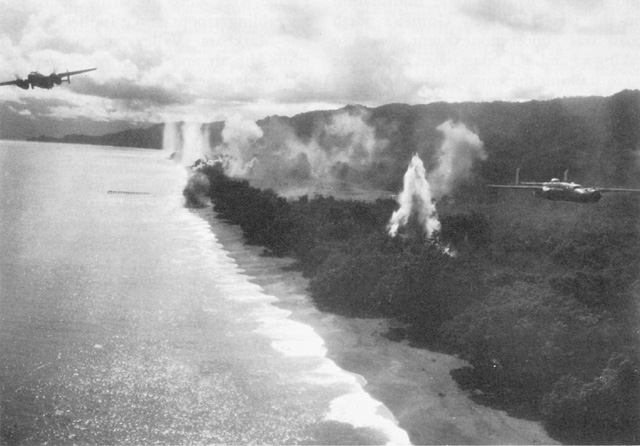


 The fictional protagonist, forensic pathologist Dr. Emerson Stanek, experiences the worst emotional injustice of his life (which paradoxically also holds the possibility of the best) at the feet of the ten foot Carrara marble statue of the Christus Consolator in the rotunda of the Johns Hopkins Hospital in Baltimore, Maryland.
The fictional protagonist, forensic pathologist Dr. Emerson Stanek, experiences the worst emotional injustice of his life (which paradoxically also holds the possibility of the best) at the feet of the ten foot Carrara marble statue of the Christus Consolator in the rotunda of the Johns Hopkins Hospital in Baltimore, Maryland.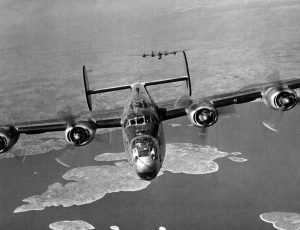 Having served two tours of duty in Vietnam, Mel R. Jones wrote in the acknowledgements to his novel, “Those of us who have been involved in the military in one way or another have been sent to protect our country by engaging in war to attain peace—a paradox of human experience that repeats itself generation after generation, century after century.”
Having served two tours of duty in Vietnam, Mel R. Jones wrote in the acknowledgements to his novel, “Those of us who have been involved in the military in one way or another have been sent to protect our country by engaging in war to attain peace—a paradox of human experience that repeats itself generation after generation, century after century.”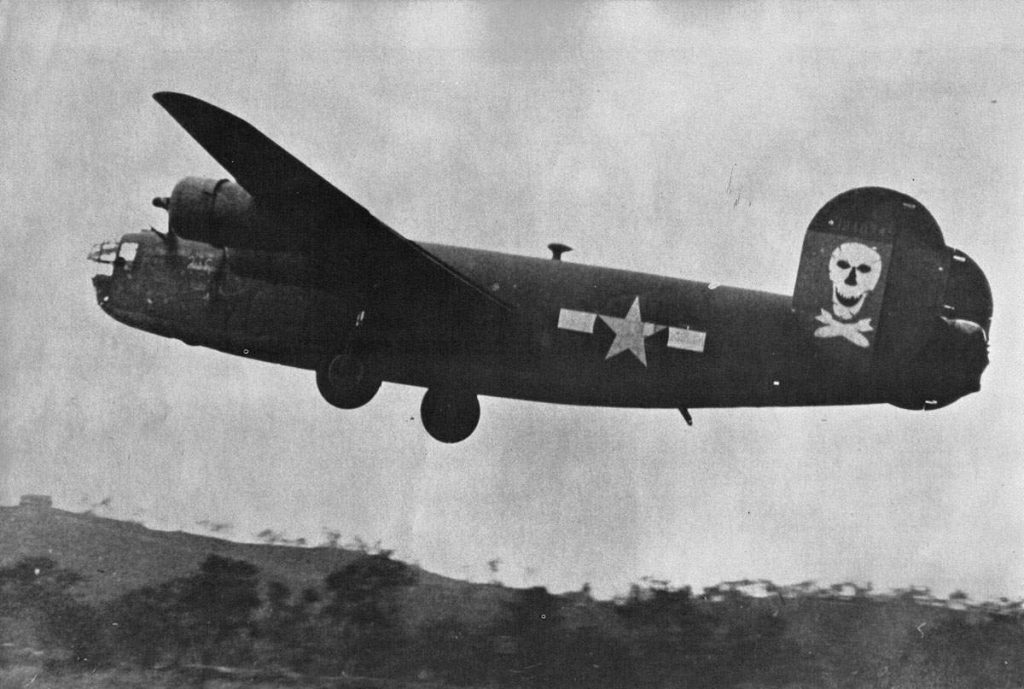 You might ask, “What’s with this unusual, paradoxical title, Pursued: Ten Knights on the Barroom Floor? Thoughts might occur to you, such as, “We expect ‘knights’ to be noble defenders in service to the greater good. What are they doing on the ‘barroom floor?’ And ten of them at that! They certainly must be lost to their mission. Does anyone really care if they have fallen? Why try to find, or ‘pursue,’ them?”
You might ask, “What’s with this unusual, paradoxical title, Pursued: Ten Knights on the Barroom Floor? Thoughts might occur to you, such as, “We expect ‘knights’ to be noble defenders in service to the greater good. What are they doing on the ‘barroom floor?’ And ten of them at that! They certainly must be lost to their mission. Does anyone really care if they have fallen? Why try to find, or ‘pursue,’ them?”